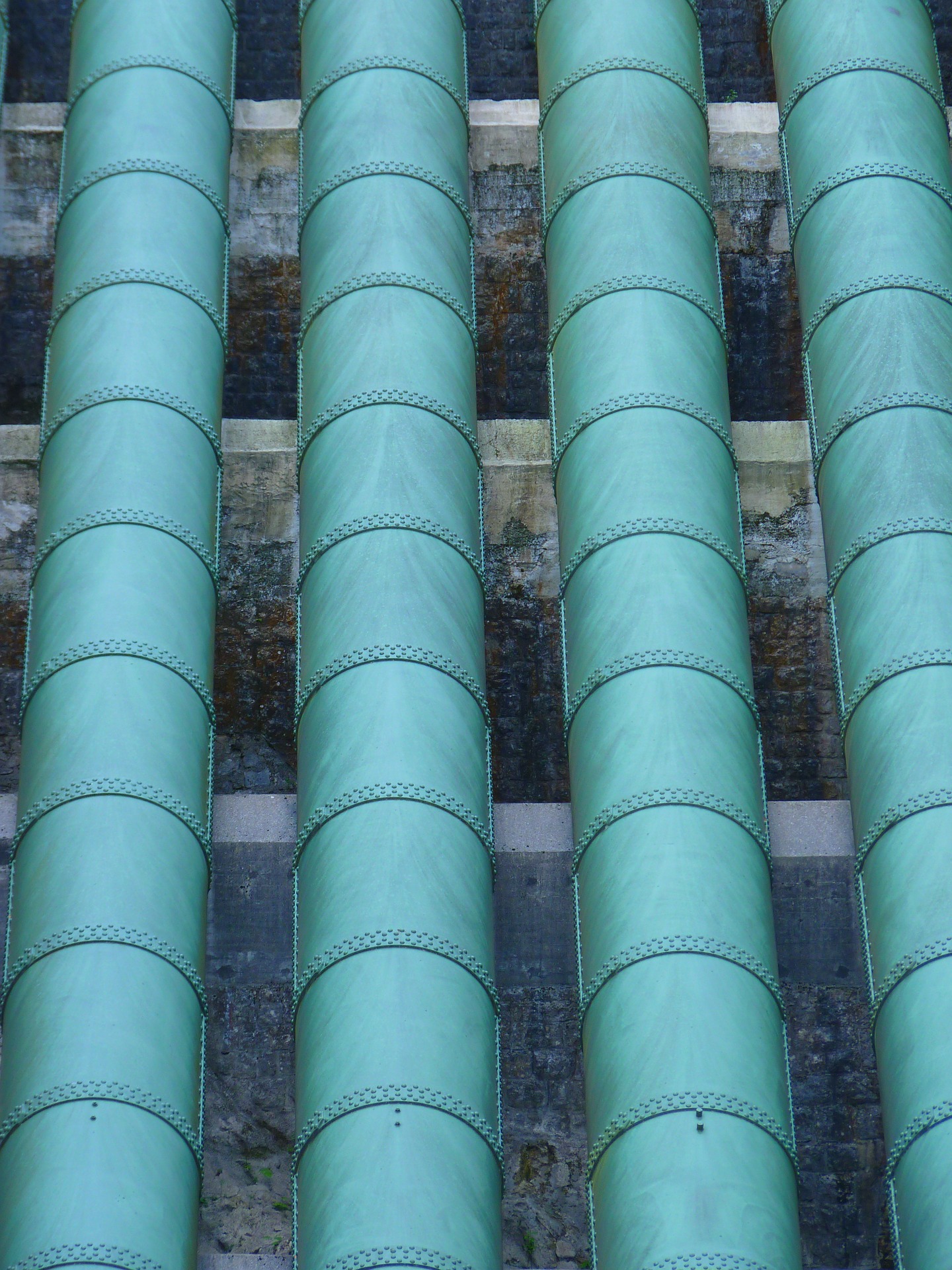What Does “Relining” a Pipe Mean?

In any discussion of pipe repair and replacement, “relining” is typically brought up as one of the key oppositions to traditional pipe repair. You can dig pipes up and physically replace them with new pipes, or you can reline your pipes. However, most discussions don’t go into what relining actually means, what its advantages are, and what limits it has. That’s where this article comes in.
Pipe liners
Relining a pipe sounds complicated. It can be difficult to pull off, practically speaking, but the idea behind it is simple. Instead of digging up the entire length of your pipe, pipe lining offers another path.
Pipe liners are used for a kind of trenchless pipe repair called “Cured in place pipe”, or CIPP. This pipe starts out as a flexible cloth liner. Many are custom-made to the exact specifications of the pipe that needs to be repaired, but there are some standard sizes for the more common pipe diameters. This liner is soaked in a combination of resin and epoxy. Once this potent combination has permeated the fibers, the liner is installed inside your current pipe. This “relines” it. Hot air is then used to cure the resin and epoxy into a smooth, strong, plastic pipe. The new pipe lines the old one.
The advantages of trenchless pipe repair
Trenchless pipe repair has many advantages over more traditional methods. It’s faster in almost every case. The preparation time is minimal; the host pipe just has to be inspected and cleaned. The curing process takes several hours, and once it’s done, the new pipe is ready to go.
Trenchless pipe repair allows you to trim costs. While it’s comparably priced per foot, you can also eliminate a number of labor costs. Digging out old pipes takes time and effort. You have to pay for the man-hours to remove the dirt and then fill the trench back in once repairs are complete. CIPP doesn’t have those same limitations.
Aside from being faster and cheaper to install, CIPP lasts longer. High-traffic pipes relined with CIPP consistently remain in good condition for decades. Of course, this depends on the level of maintenance. For example, avoid the use of scraping plumbing tools, as gouging tools are one of the few things that impact CIPP. With CIPP, you can have fully functional pipes for forty to fifty years before wear and tear begins to affect performance.
What are the limits of CIPP
CIPP is a huge technological advancement over traditional pipe repair, but it’s not yet perfect. CIPP cannot be used to repair collapsed pipes. In order for a pipe to be relined, it has to hold its shape. The liner is a soft fabric that can’t force its way through rubble. If your pipes have collapsed, it’s too late to use CIPP to repair them. If they’re merely splitting, cracked, or close to breaking, CIPP may still be able to help.
Relining a pipe means putting a new liner inside of it. These liners are coated with resin and epoxy, and harden into fully formed pipes inside your old pipe. Though these cured in place pipes save time, money, and have a long lifespan, they can’t do everything. If your pipe has collapsed, it’s too late for pipe relining.